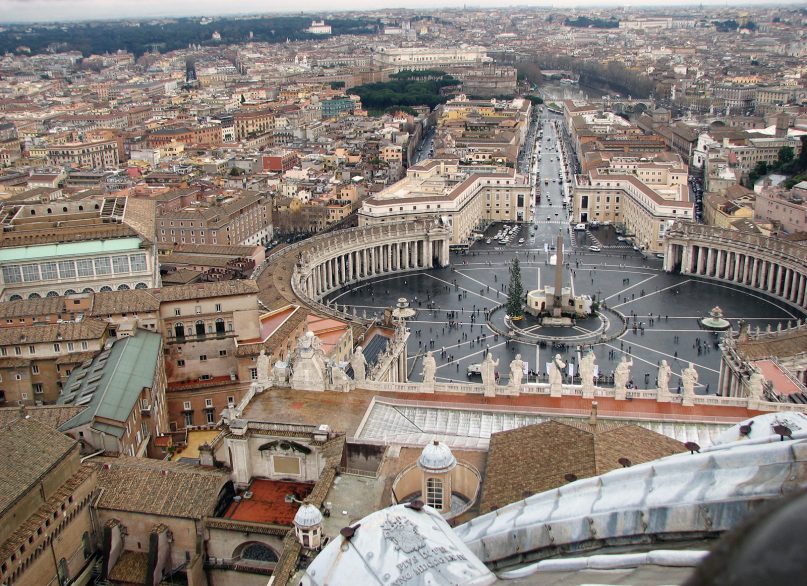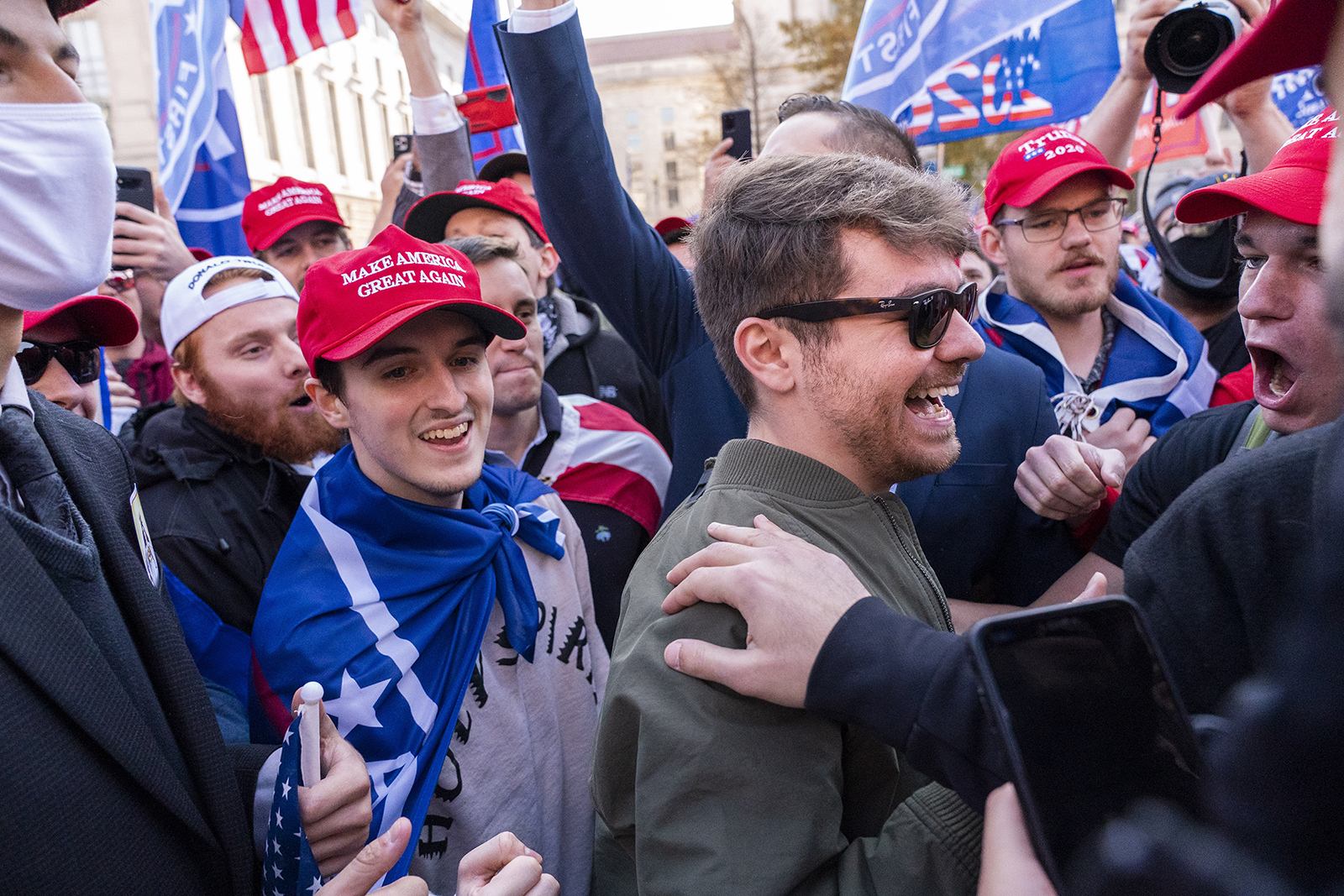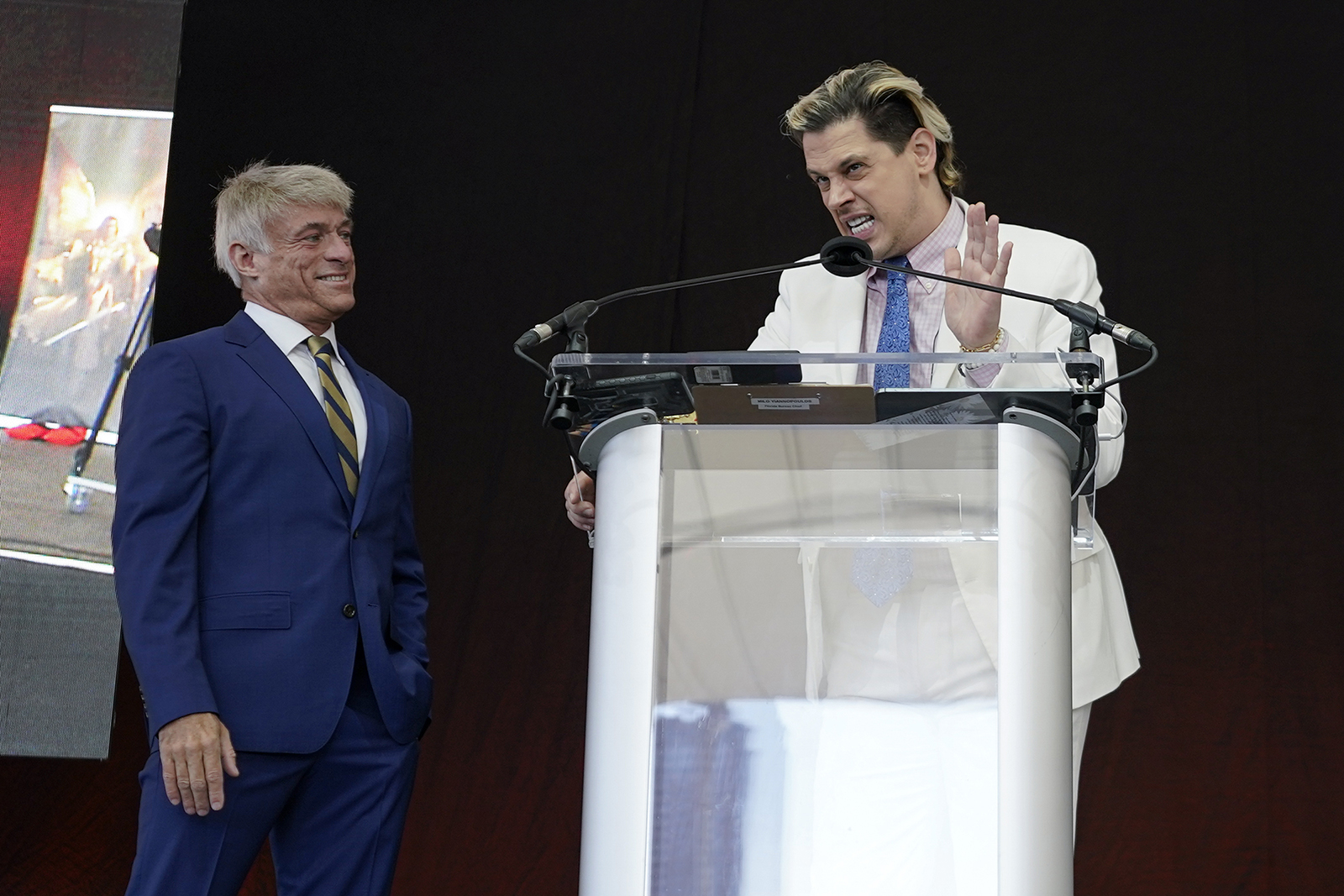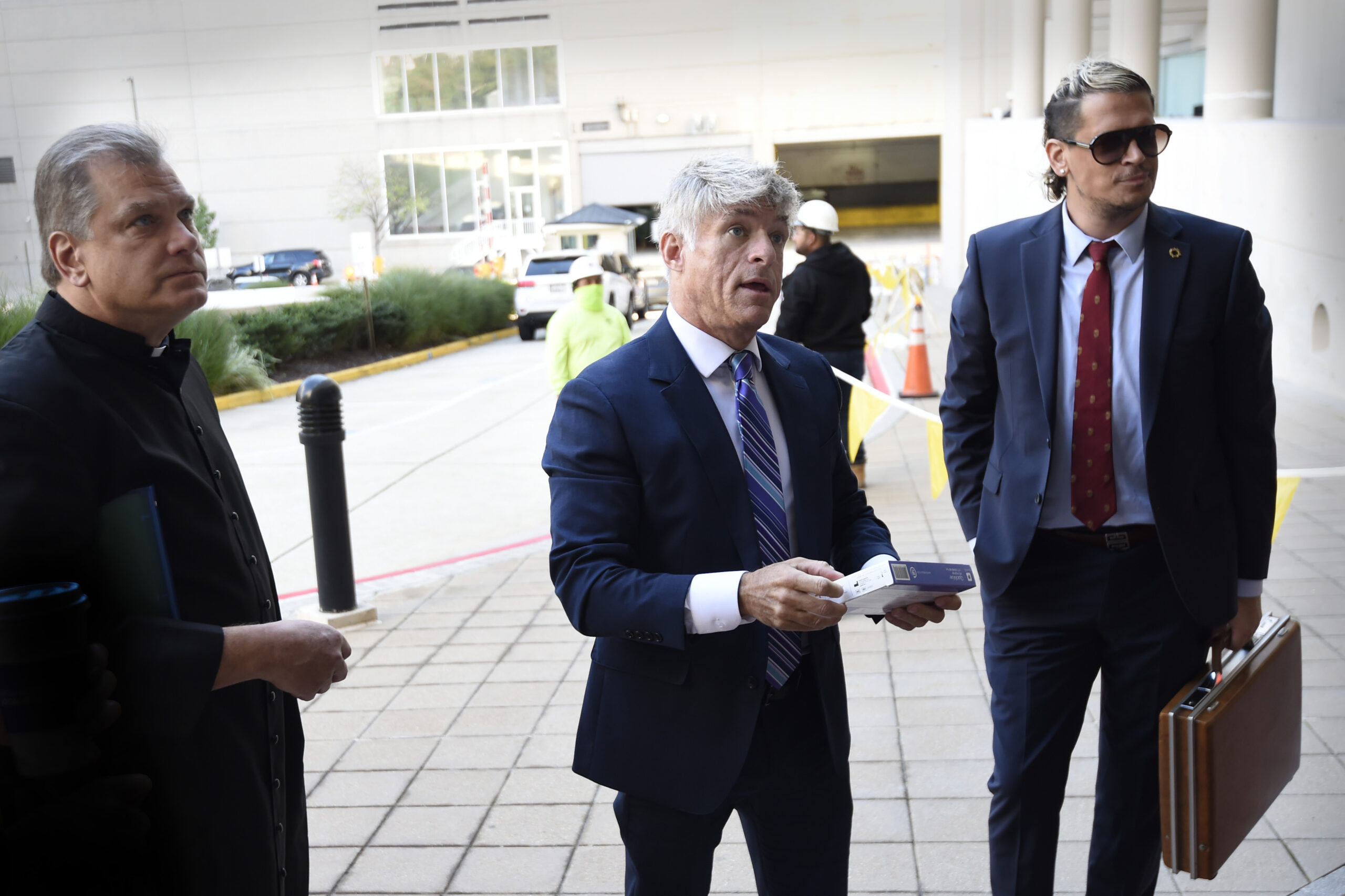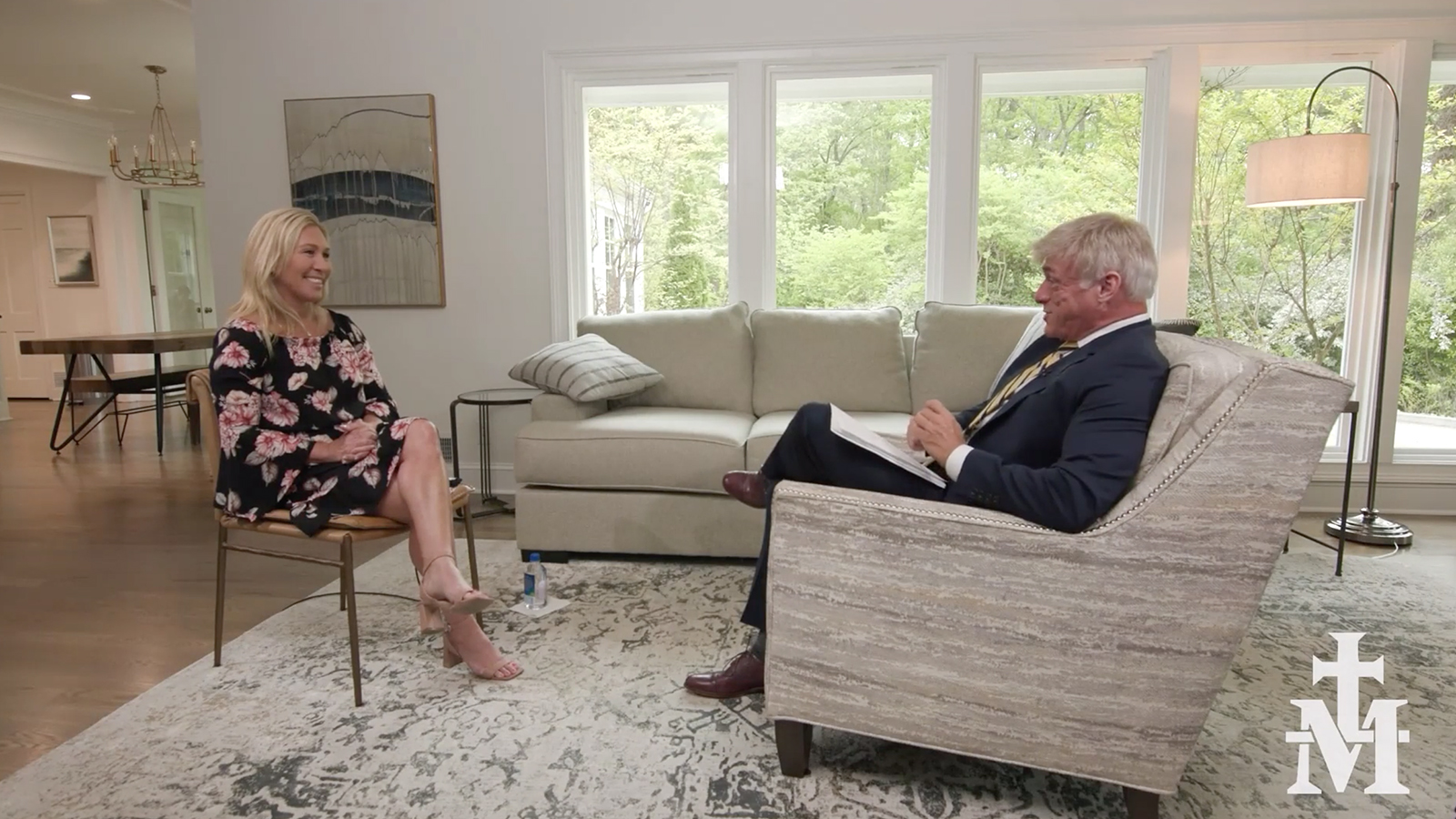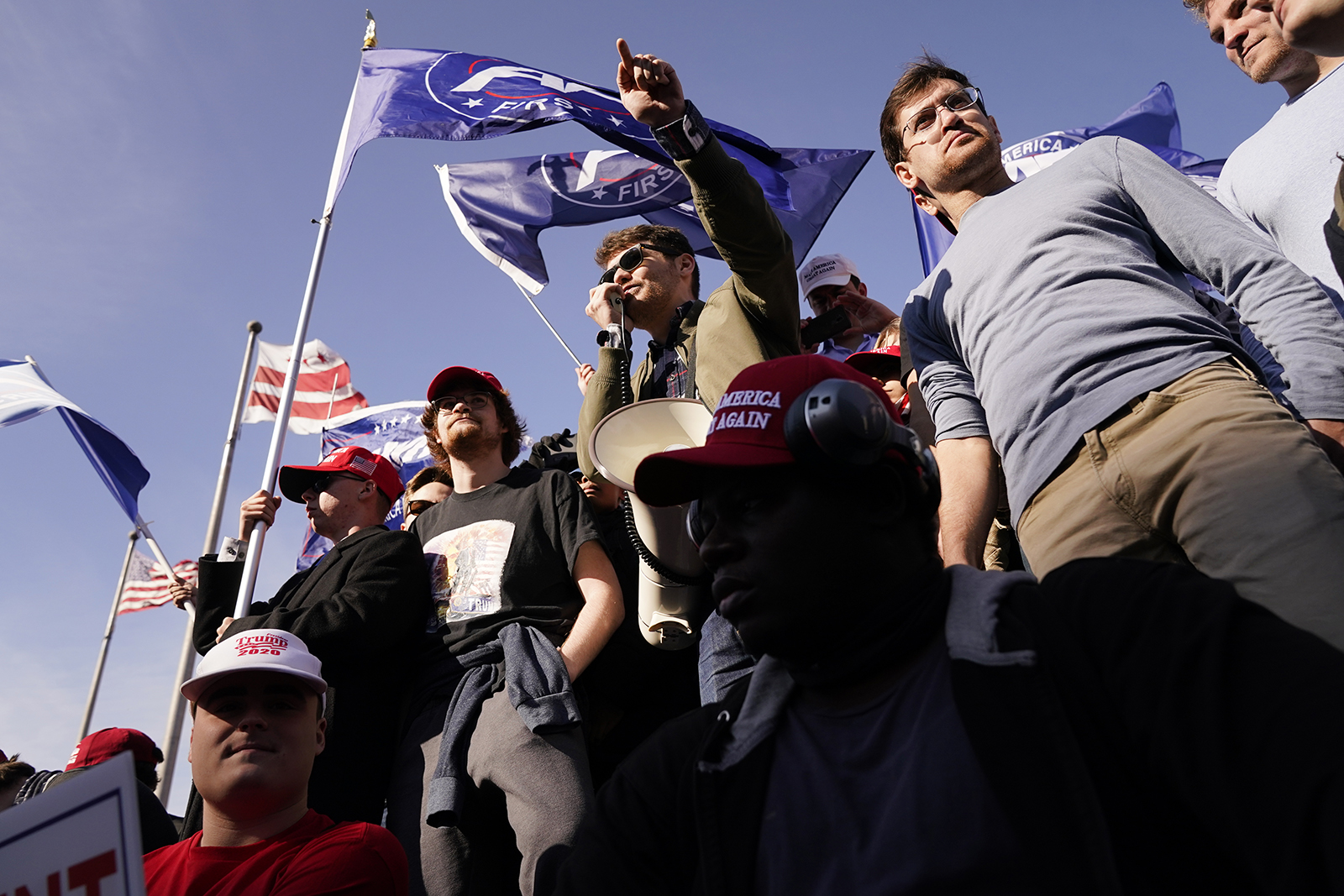Across the US, Native Americans are fighting to preserve sacred land
‘It’s important that we unify, and we work together, and share the teachings to protect our sacred areas because once God, once our sacred and holy places are gone, we will no longer exist. Our religion will be gone forever,’ said one Native American activist.
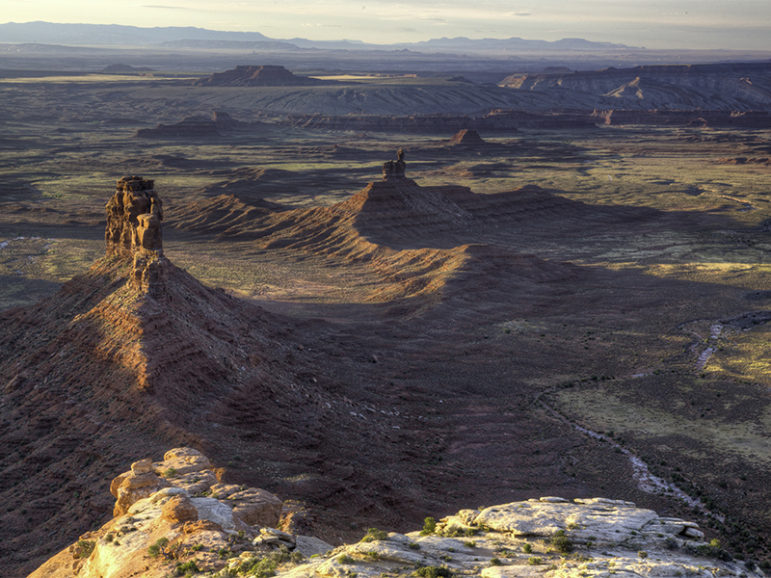
(RNS) — In what they call a “holy war” to save their sacred site in Arizona known as Oak Flat, the Apache people have gathered in prayer with other Native American tribes, even those they’ve historically been pitted against, such as the Akimel O’odham, or River People, of the southwestern United States.
They’ve formed a coalition of Native peoples named Apache Stronghold and bonded with Christians and other religious leaders as they seek to stop the land from being transferred to Resolution Copper, a company owned by the British-Australian mining giant Rio Tinto
Now, at a three-day meeting beginning Wednesday (Nov. 30), Apache Stronghold is hoping to unite its cause with other similar Native American groups that are working to preserve land they deem sacred.
The Sacred Sites Summit in Tucson, Arizona, will offer sessions on Native religion and spirituality, the history of colonization and capitalism, and the destruction mining wreaks on a landscape. The summit will also highlight the efforts tribes are making to protect areas from the Bears Ears National Monument in Utah to Quechan Indian Pass in California.
RELATED: Why Oak Flat in Arizona is a sacred space for the Apache and other Native Americans
Among the summit’s listed speakers are Anna M. Rondon, an advocate for Native communities impacted by uranium mining; Shawn Mulford, who’s Diné, and who’s been outspoken about expansion plans of an Arizona ski resort up in the San Francisco Peaks; and Faron Owl, a councilman of the Fort Yuma Quechan Tribe that halted an attempt to build a gold mine, but have initiated another effort against a proposed project on the land the tribe considers sacred.
Vanessa Nosie, of Apache Stronghold, said the summit was the vision of her father, Wendsler Nosie Sr., who leads the coalition.
His vision, she said, was to unite people to “not only learn from what the Apache Stronghold has done in this fight, but also to stand together and bring awareness of all the issues that are happening throughout Indian country, because it doesn’t just affect the Indigenous people, it affects all people.”
Native American tribes are increasingly choosing to fight encroachment by mining and other corporate developers not only as environmental causes but spiritual ones.
Most recently, a 2016 fight to protect water on the Standing Rock Sioux Reservation from the construction of the Dakota Access pipeline brought new public attention to Indigenous peoples’ concerns about how land is used, according to Rosalyn R. LaPier, professor of history at the University of Illinois at Urbana-Champaign. But those concerns stretch back years, said LaPier, an enrolled member of the Blackfeet Tribe of Montana and Métis.
RELATED: Sioux anti-pipeline action sustained by Native American spirituality
Many Americans prize land they consider beautiful, dramatic or awe-inspiring, but Indigenous people view it not only through a physical lens but a spiritual lens. LaPier said Indigenous scholars like herself often are asked, “Why is this place in the middle of nowhere that’s an ugly hill with a rock on it — why is this like a sacred place?”
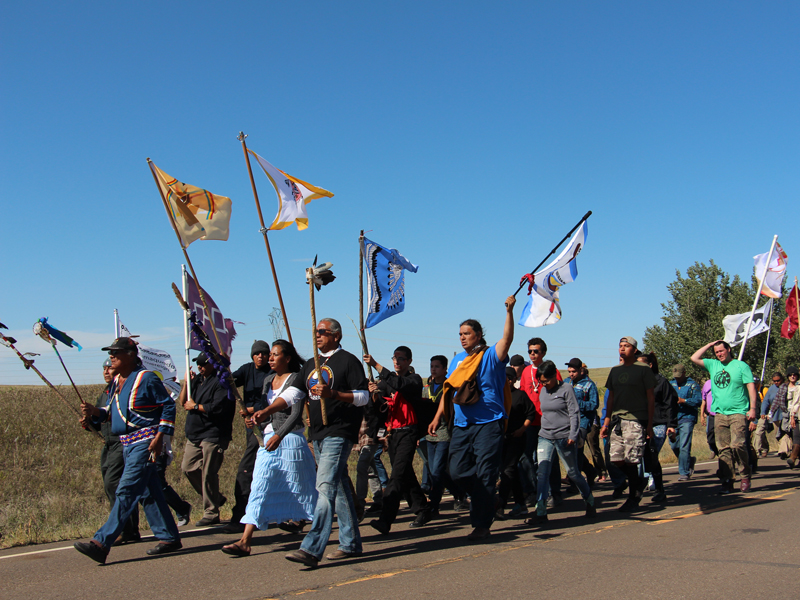
Several hundred people took part in a prayer walk on Sept. 14, 2016, from the Oceti Sakowin camp near Standing Rock Reservation in North Dakota to the site up the road where Dakota Access began digging over Labor Day weekend for construction on a nearly 1,200-mile pipeline project. RNS photo by Emily McFarlan Miller
Some places may be a pilgrimage site, some a traditional backdrop for a ritual or ceremony. “When we’re protecting a natural space, we’re also protecting the supernatural space,” she said.
But because many Americans don’t recognize Indigenous beliefs as a real religion, and because dominant European American religions are not tied to a specific place on the landscape, they don’t always understand that Indigenous beliefs are “place based,” according to LaPier.
“You can’t move the mountain. You can’t move the river. You can’t move these places that are part of the sacred areas that different Indigenous religions think are important,” she said.
Vanessa Nosie told Religion News Service: “It’s important that we unify … and share the teachings to protect our sacred areas because once God, once our sacred and holy places are gone, we will no longer exist. Our religion will be gone forever.”
Here are a few efforts by Native Americans to protect sacred sites that have grabbed headlines in recent years and where they are now.
OAK FLAT
In 2014, Congress approved the transfer of this 6.7-square-mile stretch of land east of Phoenix to Resolution Copper as part of the National Defense Authorization Act in exchange for 6,000 acres elsewhere.
Wendsler Nosie Sr., former chairman of the San Carlos Apache Tribe and leader of Apache Stronghold, has likened Oak Flat to Mount Sinai in the Jewish faith — “our most sacred site, where we connect with our Creator, our faith, our families and our land.” An attack on Indigenous religion, the oldest religion of this part of the world, he maintains, is a threat to all religions.

This file photo taken June 15, 2015, shows the Resolution Copper Mining area Shaft #9, right, and Shaft #10, left, that await the expansion go-ahead in Superior, Arizona. The mountainous land near Superior is known as Oak Flat or Chi’chil Biłdagoteel. It’s where Apaches have harvested medicinal plants, held coming-of-age ceremonies and gathered acorns for generations. (AP Photo/Ross D. Franklin, File)
The mine, Nosie said, will swallow the site in a massive crater and render “long-standing religious practices impossible.”
In early 2021, Apache Stronghold sued the government in federal court, arguing among other things that destruction of Chi’chil Biłdagoteel, as Oak Flat is called in Apache, violates the Religious Freedom Restoration Act.
A divided 9th U.S. Circuit Court of Appeals held that the government could proceed with the transfer of Oak Flat, determining that Apache Stronghold failed to show a substantial burden on its religious exercise.
“There’s been this kind of stubbornly persistent hostility to the claims involving the preservation and use of Native American sacred sites,” said Luke Goodrich, vice president and senior counsel at Becket, a legal nonprofit representing Apache Stronghold.
RELATED: Apaches get rehearing in fight to preserve Oak Flat, a sacred site in Arizona
But in mid-November of this year, the 9th Circuit announced it would rehear their case, this time in front of a full 11-judge court instead of the original three-judge panel.
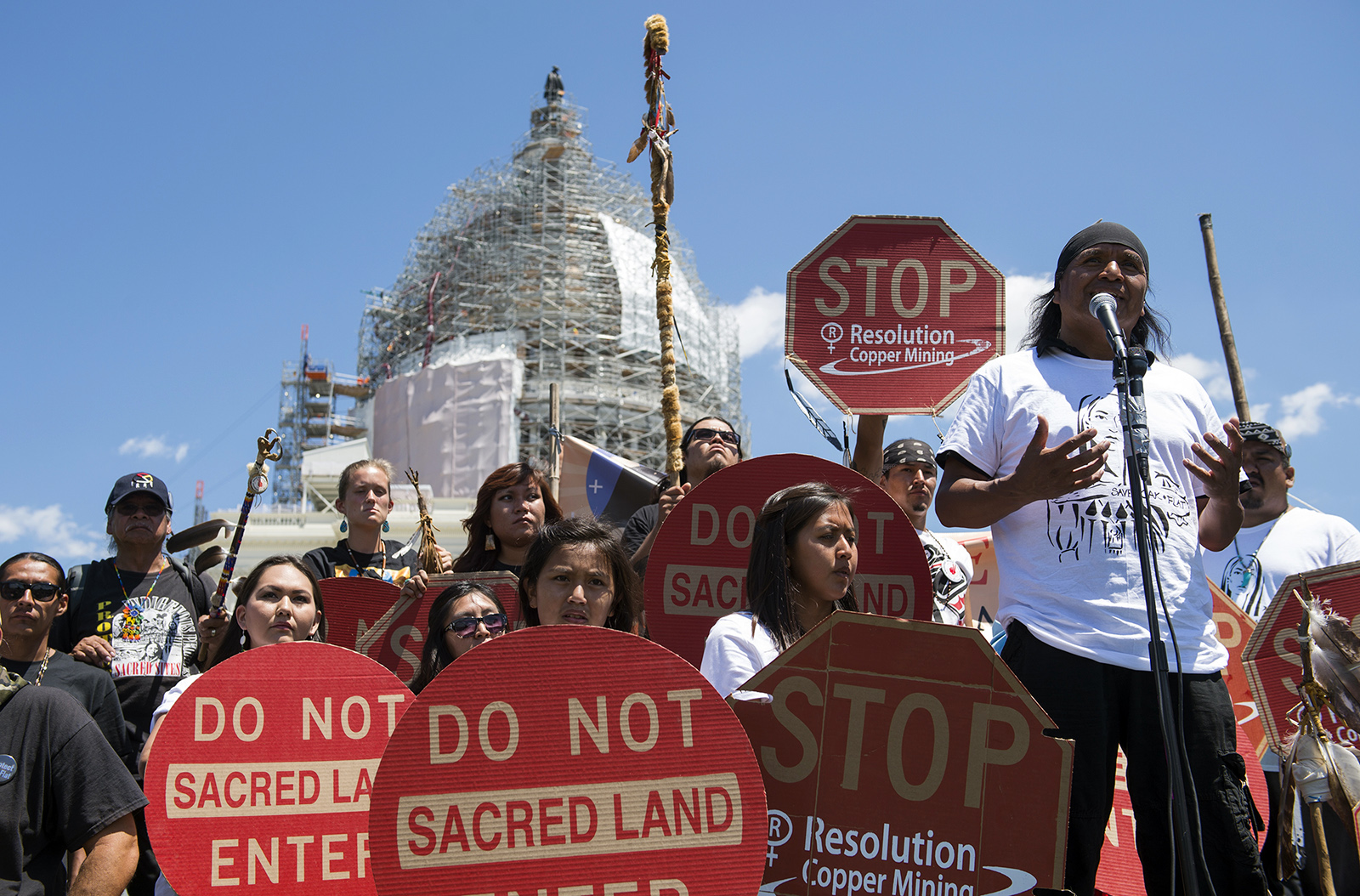
In this July 22, 2015, file photo, tribal councilman Wendsler Nosie Sr., right, speaks with Apache activists in a rally to save Oak Flat, land near Superior, Arizona, sacred to Western Apache tribes, in front of the U.S. Capitol in Washington. (AP Photo/Molly Riley, File)
In addition to that turnabout, Goodrich said he’s encouraged by the enforcement of RFRA in recent high-profile rulings such as the 2014 Hobby Lobby case, in which the Supreme Court ruled that the arts-and-crafts chain did not have to obey a mandate in the Affordable Care Act to provide birth control to employees through their health benefits.
“It’s past time for the same protections in RFRA to catch up and do the work they should have been doing all along for Native Americans and sacred sites,” Goodrich said.
MAUNA KEA
Historically, Indigenous communities have been “on the end that has less power in decision-making,” said Noe Noe Wong-Wilson, executive director of the Lālākea Foundation, which works to preserve native Hawaiian cultural traditions.
But things appear to be changing for those fighting to preserve Mauna Kea. Native Hawaiians believe Mauna Kea is the first creation of the Earth Mother, Papahānaumoku, and the Sky Father, Wākea. At 13,803 feet above sea level, it is also a prime location for astronomers. With a dozen observatories already crowding the summit, activists have protested plans to build the much bigger Thirty Meter Telescope on Mauna Kea.

Activists camp near an access road to Mauna Kea in Hawaii in 2019. RNS photo by Jack Jenkins
A state law that passed this summer has made way for the Mauna Kea Stewardship and Oversight Authority, consisting of university officials and native Hawaiian cultural practitioners, including Wong-Wilson, charged with managing Mauna Kea’s summit.
Wong-Wilson said the new authority will look at the number of observatories that should be on the mountain. To Wong-Wilson, “an imbalance takes place” when resources are artificially changed. “It changes nature, the way water flows and disrupts the cycle of life,” she said.
RELATED: In Hawaii, ‘protectors’ fight telescope project with prayer
In 2014, a group of Native Hawaiians interrupted a groundbreaking ceremony for the new telescope, arguing that building more structures on the mountain will further desecrate a place they deem sacred. Demonstrators blockaded construction crews in March 2015, setting in motion a lengthy legal dispute that ended with Hawaii’s Supreme Court clearing the telescope for construction in 2019.
But on the first scheduled day of construction, protesters blocked the access road at the base of the mountain, joined by a group of kupuna, or Native elders. Police arrested nearly 40 people, primarily the elderly kupuna.
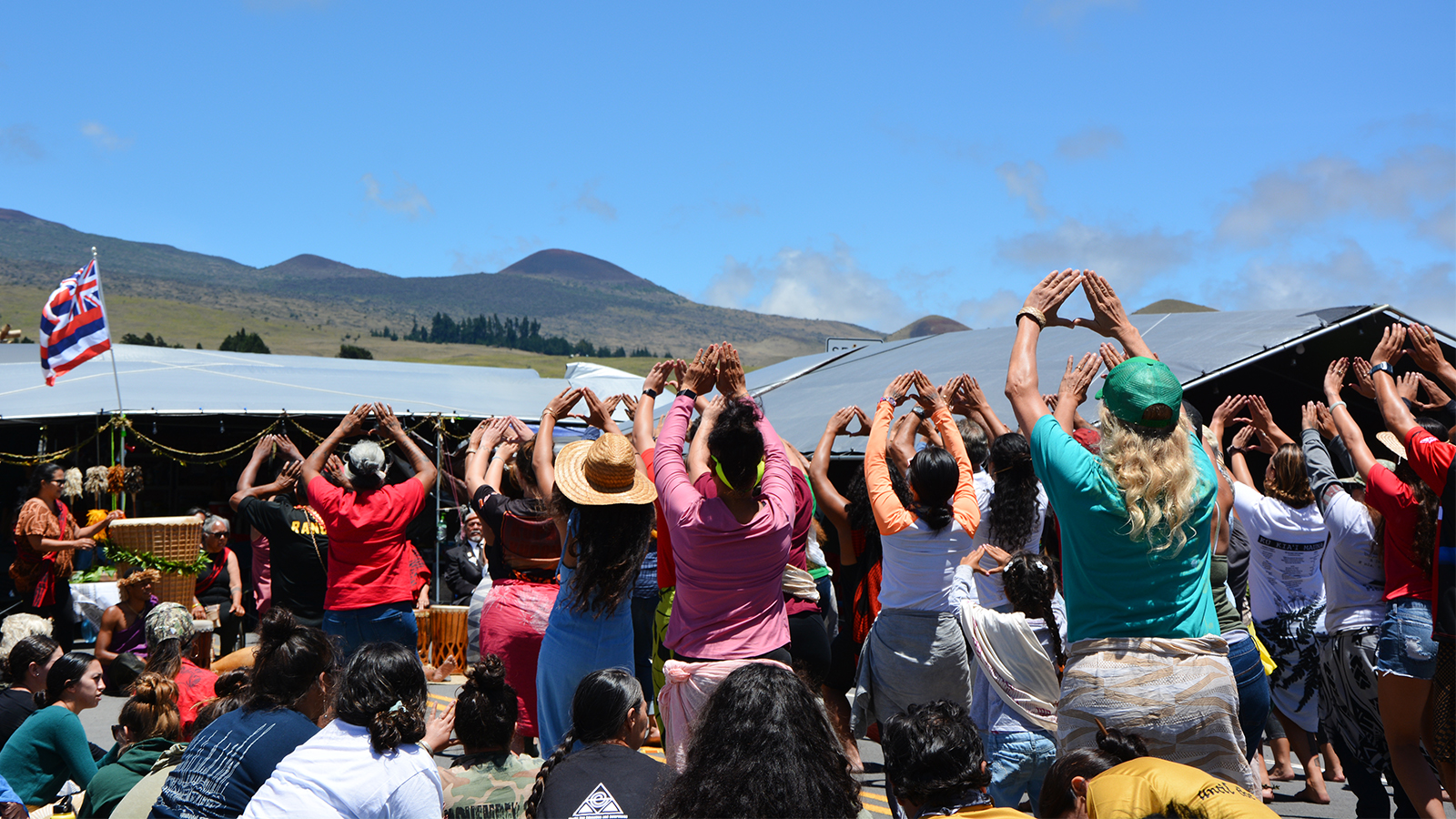
Activists who oppose the construction of the Thirty Meter Telescope, who prefer the term “protectors,” perform traditional Hawaiian dances at the base of Mauna Kea in Hawaii in 2019. RNS photo by Jack Jenkins
This time around, Wong-Wilson hopes to “work together to find solutions … rather than just fighting and resisting and always having to take positions, even though they’re nonviolent.”
“It’s still wearing on everybody and it’s unfortunate that we have to do that,” she said.
BEARS EARS
Bears Ears National Monument in Utah was created by President Barack Obama in 2016 at the request of the Bears Ears Inter-Tribal Coalition, a group of five tribes that consider sites within the monument to be sacred. It was drastically reduced in size by President Donald Trump in 2017, then restored by President Joe Biden in 2021.
Hank Stevens, who represents the Navajo Nation in the Bears Ears Inter-Tribal Coalition, describes the land in one word: “Panacea.” It’s medicine that can heal all divides, all difficulties, all diseases.
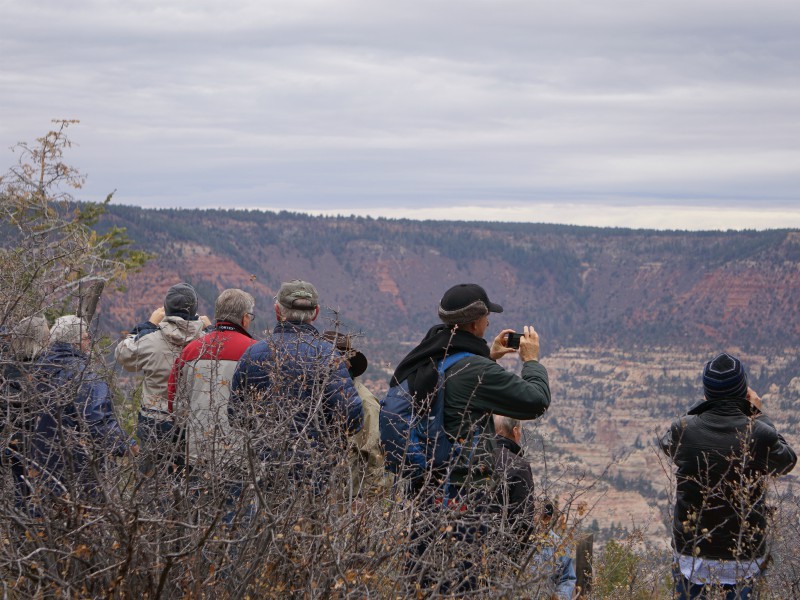
Clergy take photos during a gathering with Native American leaders in November 2017 at Bears Ears National Monument in Utah. Photo courtesy of the New Mexico Wildlife Federation
The land spans 1.35 million acres of desert punctuated by dramatic rock formations “where tribal traditional leaders and medicine people go to conduct ceremonies, collect herbs for medicinal purposes, and practice healing rituals stemming from time immemorial, as demonstrated through tribal creation stories,” according to the coalition’s website.
What Indigenous people consider as sacred isn’t all that different from what the Western world does, said Stevens. He recognizes a tree as something spiritual. Others might recognize a Bible or another holy book, he said. But what are those books printed on but paper, made from trees?
Earlier this year, the Bureau of Land Management, the U.S. Forest Service and the five tribes of the Bears Ears Commission formalized a partnership to co-manage Bears Ears National Monument. The tribes include the Hopi Tribe, Navajo Nation, Ute Mountain Ute Tribe, Pueblo of Zuni and Ute Indian Tribe.
The Bureau of Land Management said at the time that it hoped the partnership would serve “as a model for our work to honor the nation-to-nation relationship in the future.”
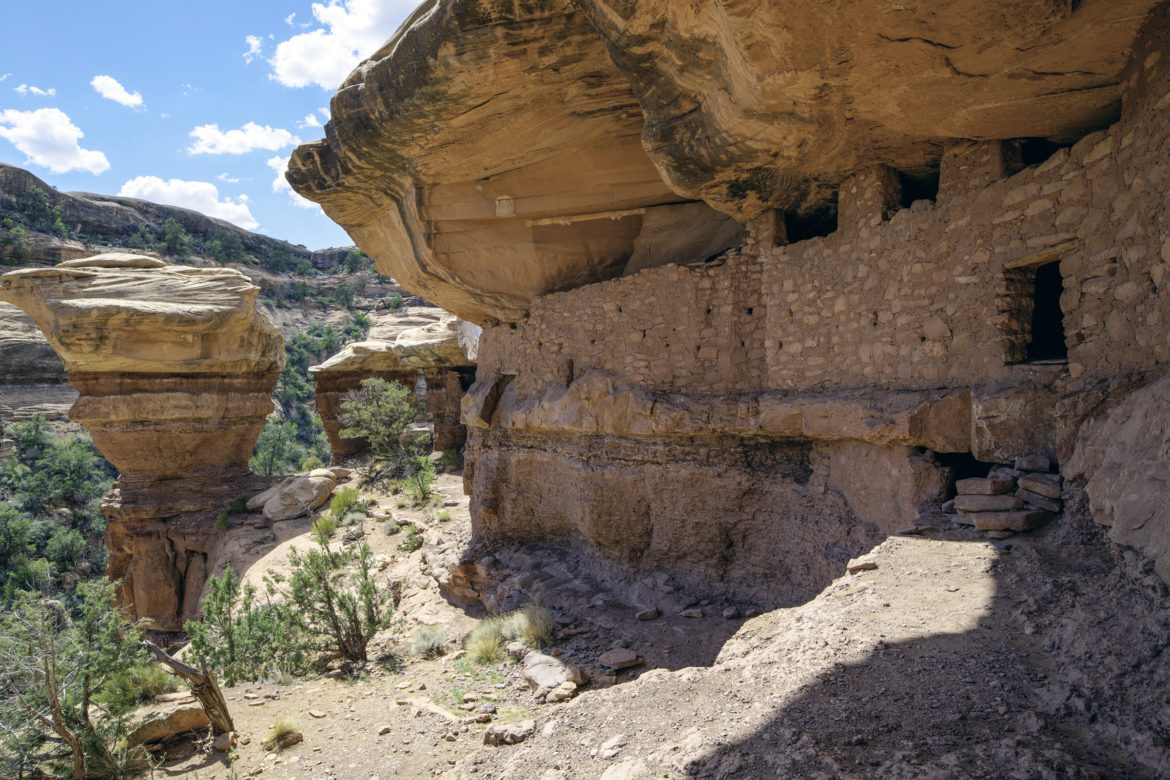
The Cedar Mesa Moon House at Bears Ears National Monument in southeast Utah. Photo courtesy of Creative Commons/Bureau of Land Management
Stevens said there’s still work to do. Treaties between the U.S. government and Indigenous peoples have been broken before. People still need to be receptive to co-management and collaboration, to open their minds to understand the world around them.
But the agreement at Bears Ears is part of what he sees as “continuous improvement,” he said.
“I do believe that we, as human beings, have the ability to actually sit down and actually collaborate on a new course of action and continue to improve what we have and try to make the best of it for the next generation.”
National Reporter Jack Jenkins contributed to this report.
